In 2019, Alessandro Ongaro explained to us the work made by DNEG on Men In Black: International. Today he explains the creation of visual effects for another cult saga with Ghostbusters: Afterlife.
//// NOTE: This interview has massive spoilers! Be sure to watch the movie first!
How did you get involved on this movie?
I had just delivered another Sony project when Lori Furie of Sony called asking me if I was interested in taking over the reins from Sheena since she was moving onto another project. I just couldn’t pass on this opportunity
What was your feeling to work on such an iconic universe?
Like a kid on Christmas day! I mean, I grew up in the ‘80s and Ghostbusters has always been one of my favorite movies and having the opportunity to continue the legacy was just a fantastic feeling. Plus, I knew there were some big challenges and that’s something that always motivates me.
How was the collaboration with Director Jason Reitman?
Jason is a passionate filmmaker and a very thoughtful person; he expects excellence from everyone he works with, and you need to earn his trust. And once that bonding happens it’s a great collaborator. I learnt a lot about what was important for him in any given scene just by standing next to him on set, what his focus was and what was making a take a good one. I then applied his methodology while doing post.
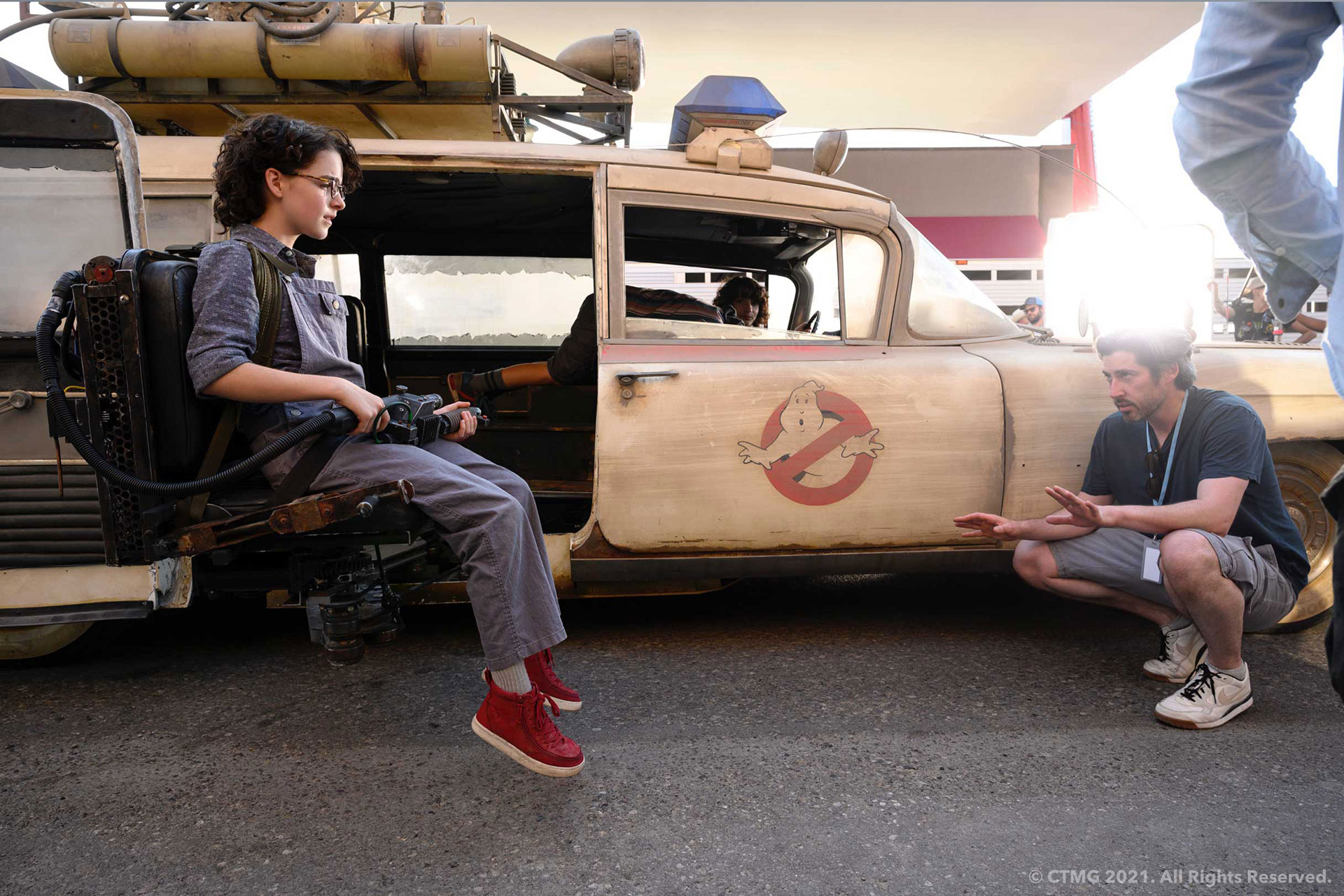
What was his approach and expectations about the visual effects?
Grounded to reality as much as possible, I mean, you have all seen Ghosts, right? 🙂
Because of the nostalgic look and feel of the movie, from the art department and their set designs to the cinematography, props and animatronics, Jason really wanted the visual effects to convey those same nostalgic emotions. So, from the look of the proton beam to the ghost treatments we really strived to maintain that common visual language. And when it came to characters animation, in particular for the mini-Pufts, Jason was treating their performances like actors on set!
How did you organize the work with VFX Supervisor Sheena Duggal and with your VFX Producer?
As previously stated, Sheena left the project before principal photography, so it was all in the expert hands of my VFX Producer Kerry Joseph and myself.
How did you choose the various vendors?
When I joined the project, DNEG was already on board, but we still had to find the right vendor to tackle arguably the most challenging task of the film, bringing Egon Spengler back from the spirit realm and we decided to work with MPC because of their previous experience with Digi-Rachel in Blade Runner 2049.
We also had a lot of other VFX work that needed to find a home and we opted for Crafty Apes and their Vancouver office.
And lastly, we had a fantastic In House team that took on a lot of new work that came up during post.
We also worked with Proof Inc, which basically handle all the post PostViz and helped us with temps.
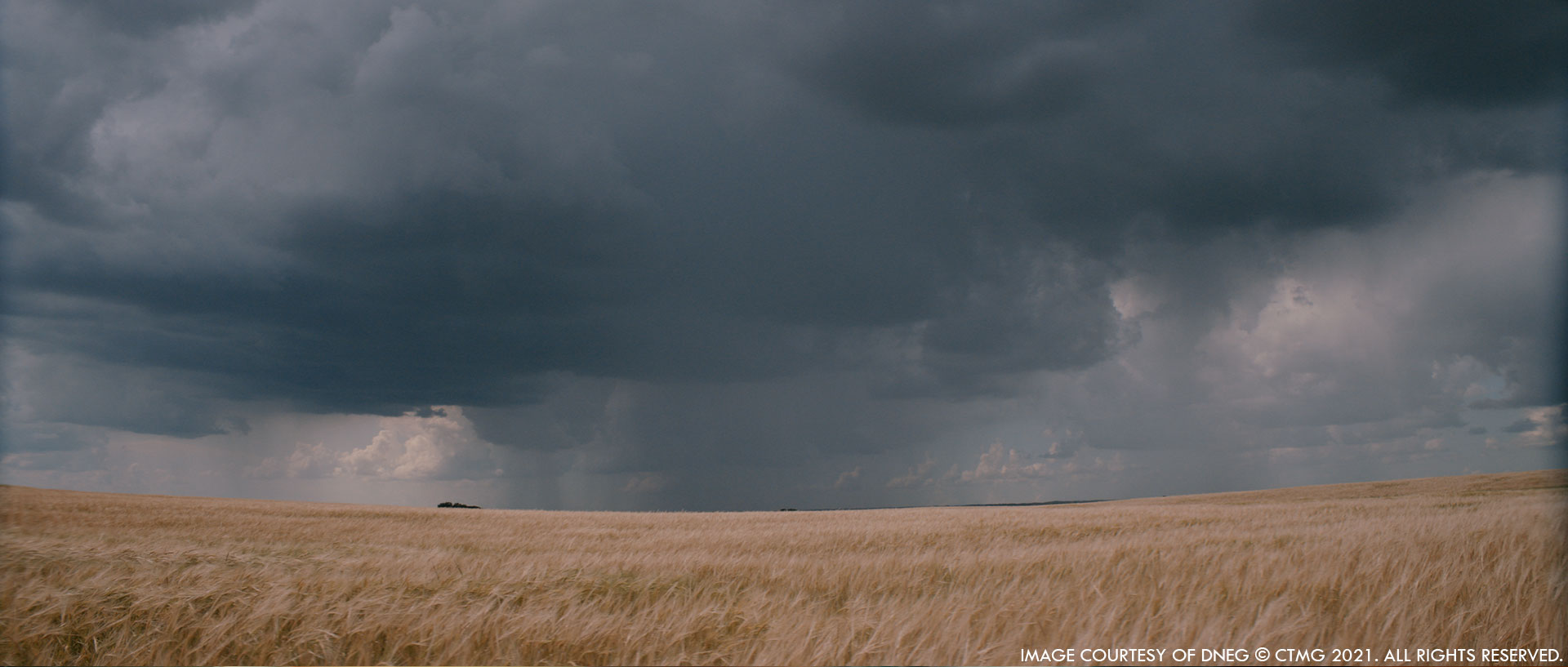
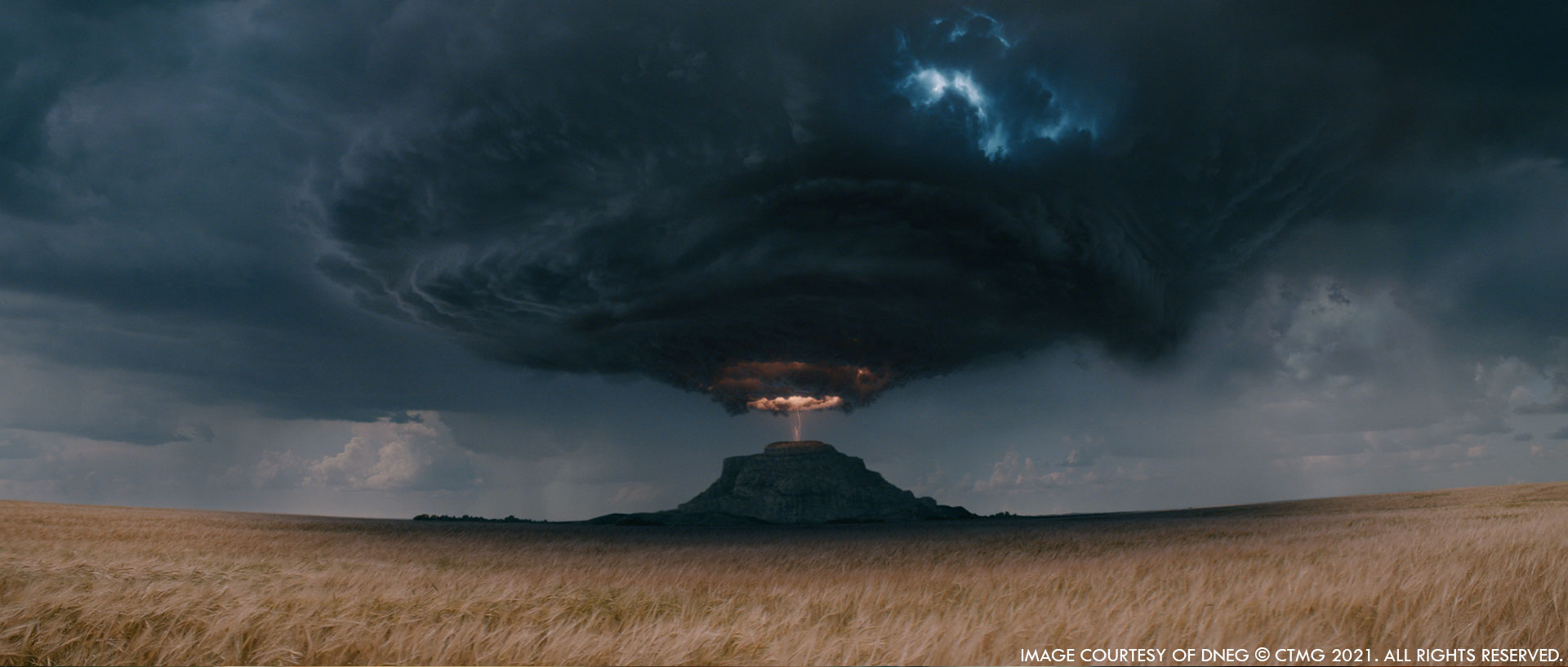
Can you tell us how you split the work amongst the vendors?
DNEG, led by Aharon Bourland, took over the majority of the VFX, including the build and lookdev of Muncher, mini-Pufts, Gozer (both Human and Spirit form), Terror Dogs in all their forms and all the environments. They also designed the look of the Proton Beam and the Storm plus the Spirits and the Horde inside the temple of Gozer.
MPC, led by Pier Lefebvre, worked on what we called the Old Farmer, aka Egon Spengler, plus they worked on Bug Eye, the Flaming Ghost and helped on some mini-Pufts shots (S’more, BBQ and Blender) and a few Human Gozer shots.
Crafty Apes, led by Chris Van Dyck, worked on some cool shots in the first act, and some magical effects.
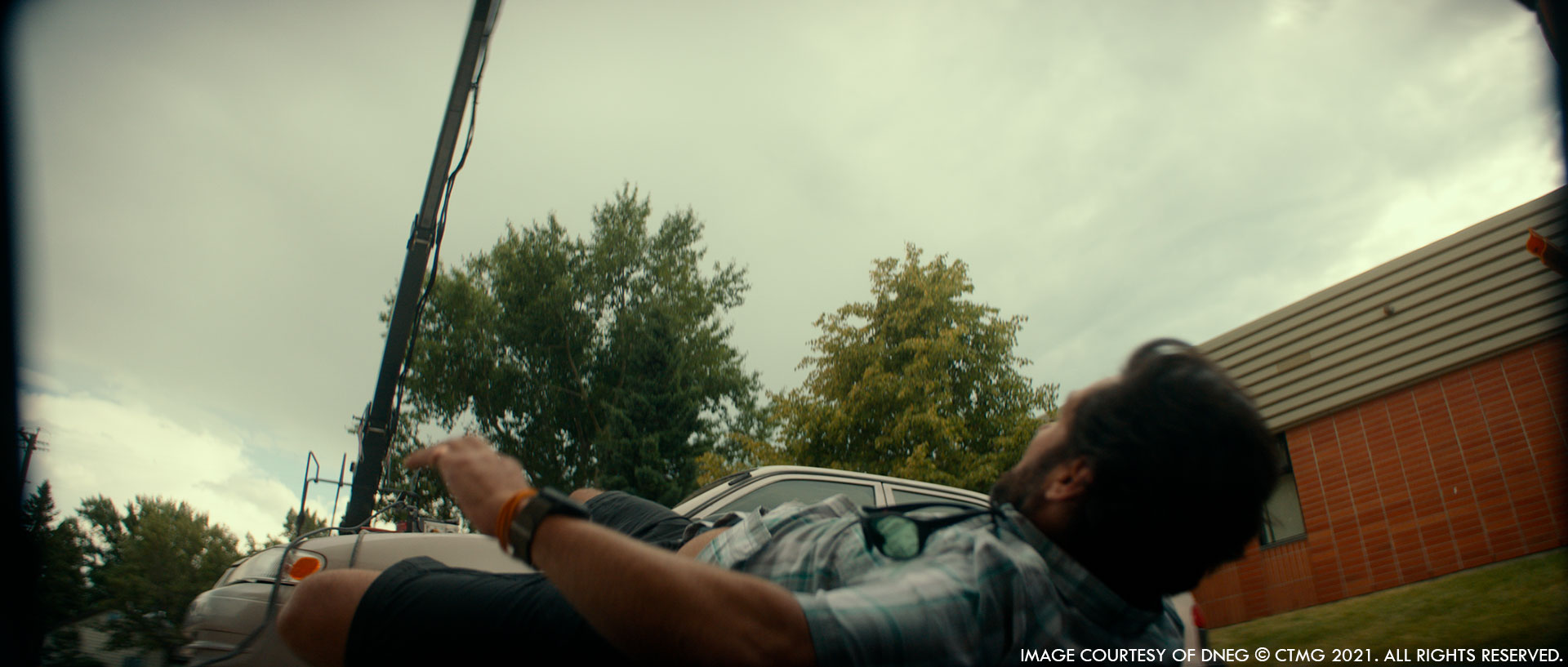
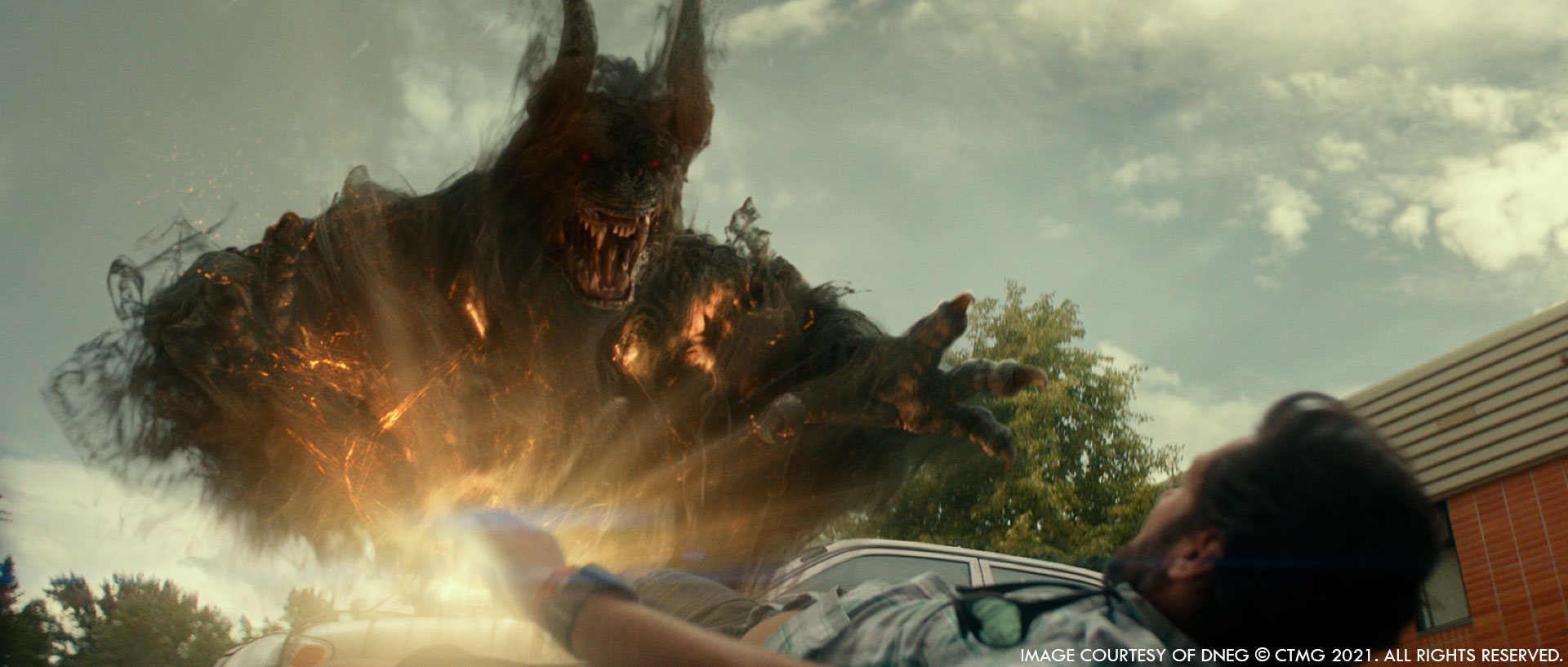
How was the collaboration with the VFX Supervisors?
It was great. We also had a lot of reviews with Jason where his input was necessary to convey his ideas and expectations for some of the most challenging moments of the film. And of course, I worked closely with all of them, with the usual cineSync review
How did you recreate the iconic proton beam?
The Proton Beam was something DNEG started working early on when we had just started the shoot. On the camera test day we had McKenna in full GB outfit and with the proton pack. We did some tests to also add interactive lighting on set. Aharon took those camera test and started working on the look.
We started with something that was really like the ’84 version, including the colors. That look, though, was changed while working on the first trailer. We had one shot with the proton beam in it, and after looking at the shot over and over during dailies, Jason agreed that maybe going toward something more advanced was a better choice. And that’s what we did, we kept the ’84 classic look in the animation but enhanced it with modern tool. But at its heart it’s still feels like the ‘84.
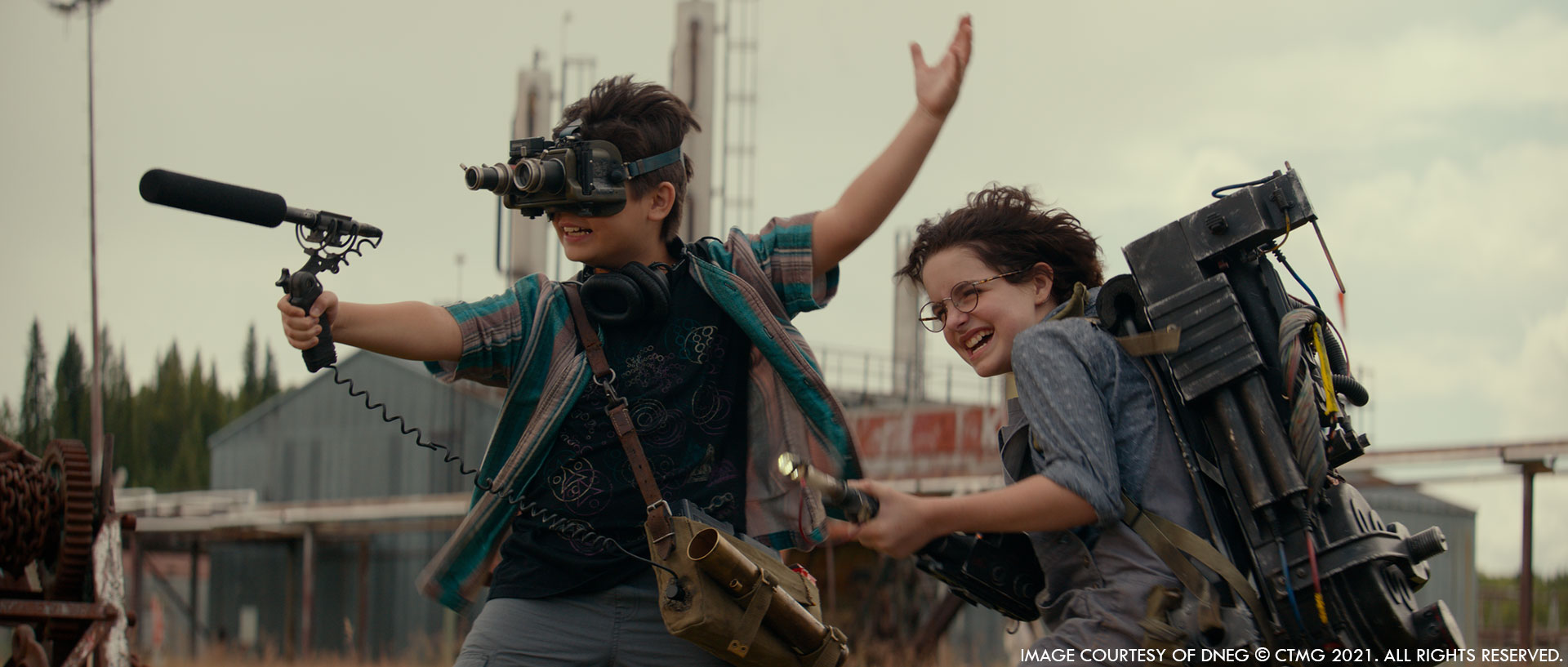
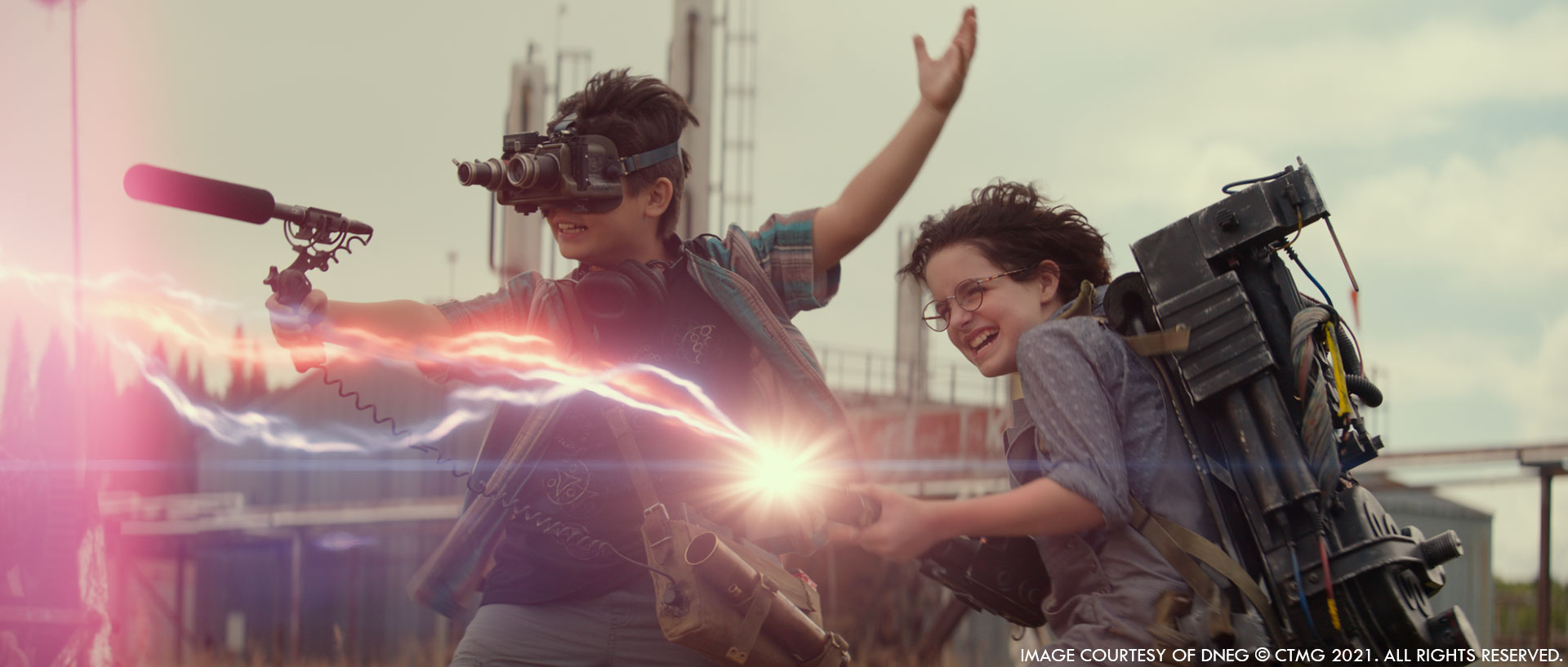
Can you tell us more about the FX animation of the beam?
The basic motion was controlled by the animators, so we were able to time it properly and give it some art directed performances. Especially when wrapping objects. Once the animation was approved, the basic curve was given to the FX artists which would then scatter millions of particles in order to add extra details, like noise, etc
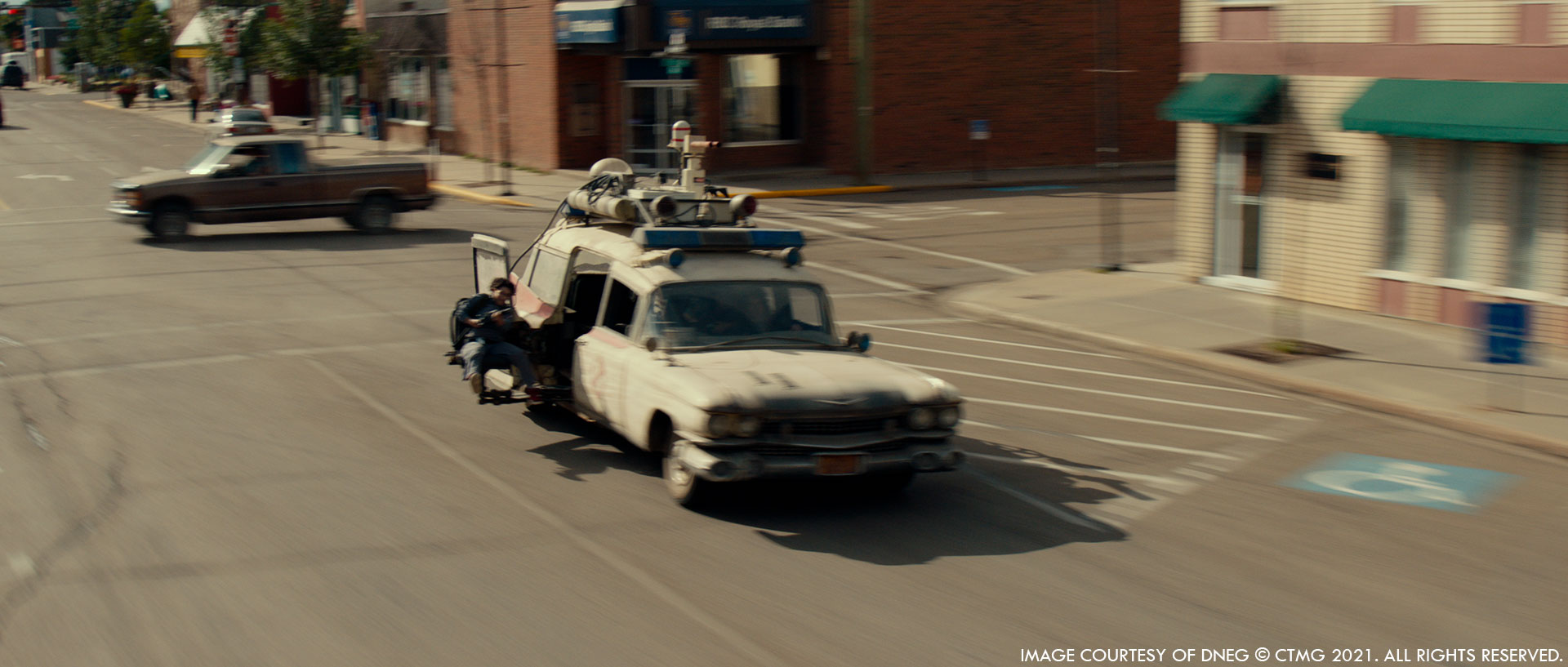
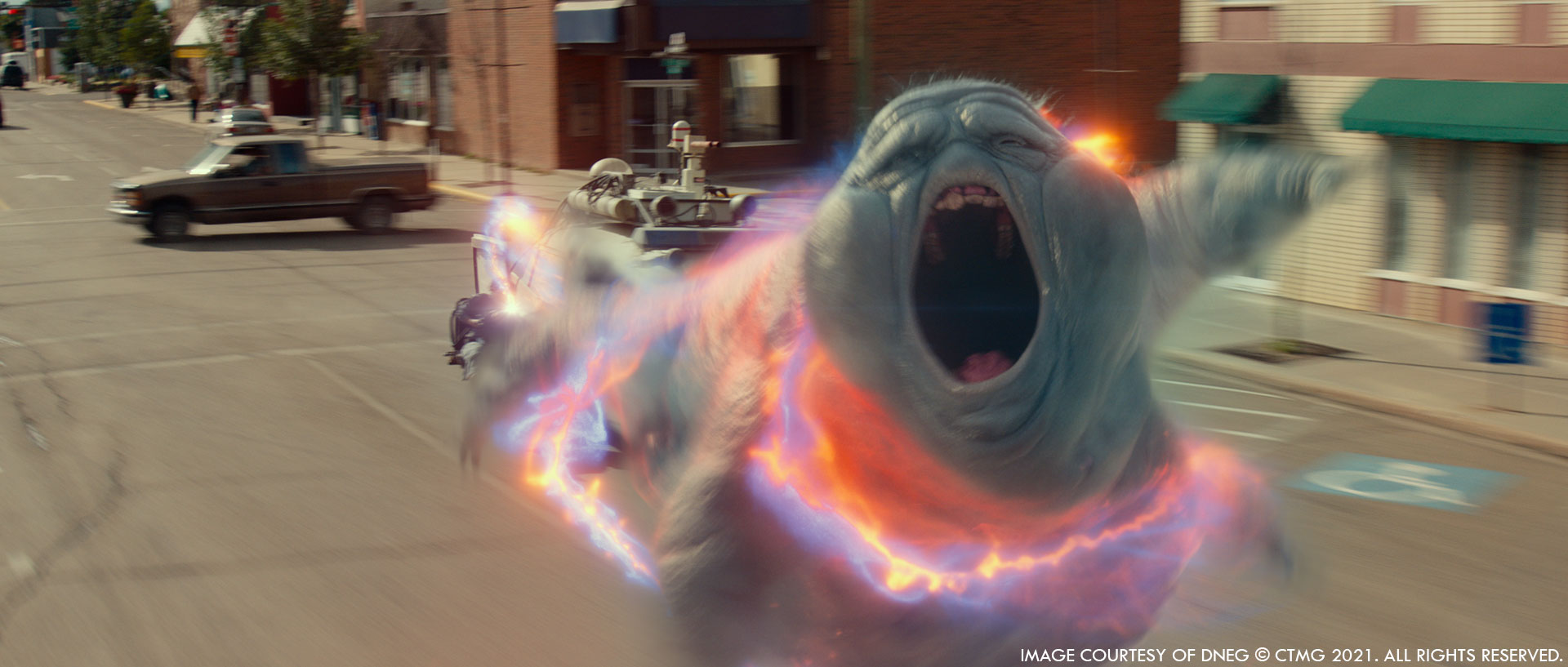
How did your work with the SFX and stunts teams?
There is a nice balance of practical and CGI effects in our film, but I think the most interesting aspect for Ghostbusters: Afterlife was the use of Animatronics, built by the super talented Arjen Tuiten.
We had a very accurate replica of the Terror Dog from the ‘84 movie, and we find specific moment to use it. It was an obvious “hey that’s a puppet” moment that really fits nicely in the overall look of the film. We tried not to overuse it though, and so we also made sure our CG dog looked exactly like the puppet. There are other practical effects that had no VFX whatsoever, like the Miner Ghost in the diner or even the killing of Ivo Shandor. All work done by Arjen.
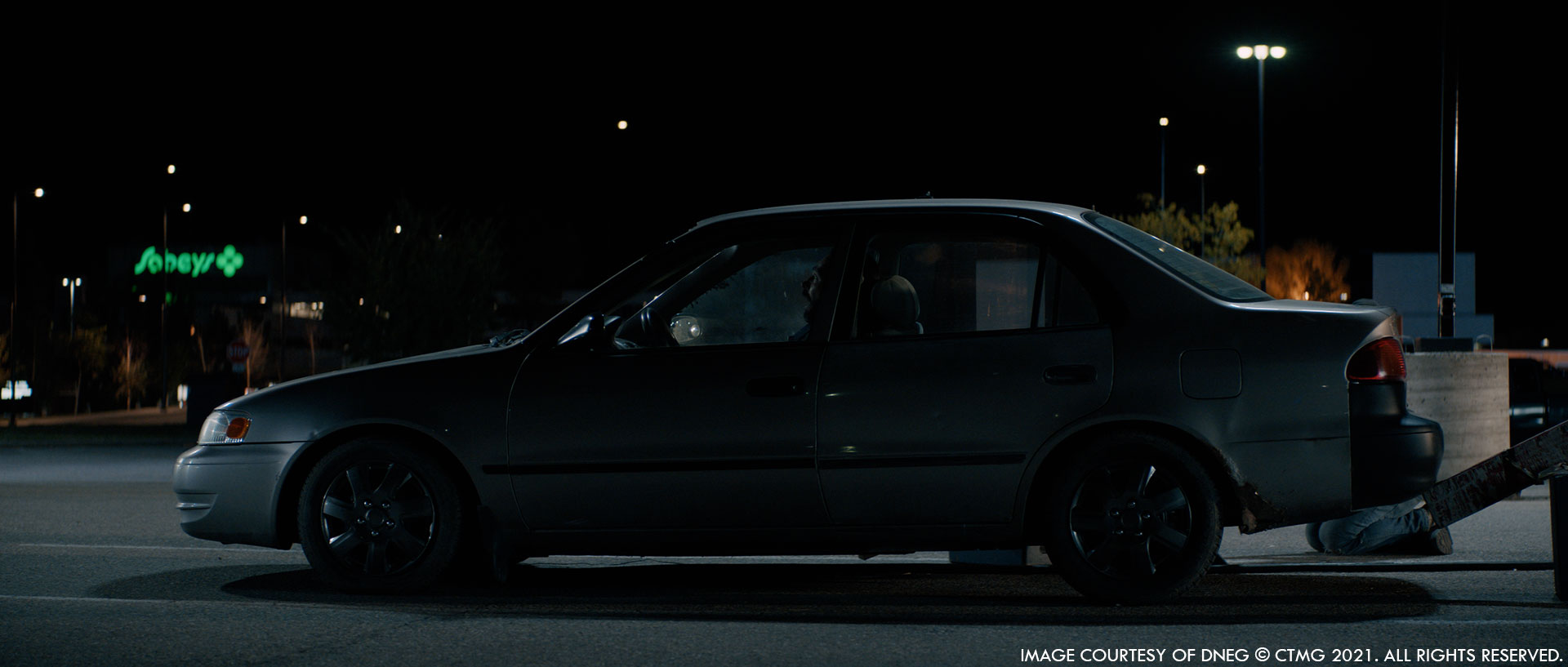
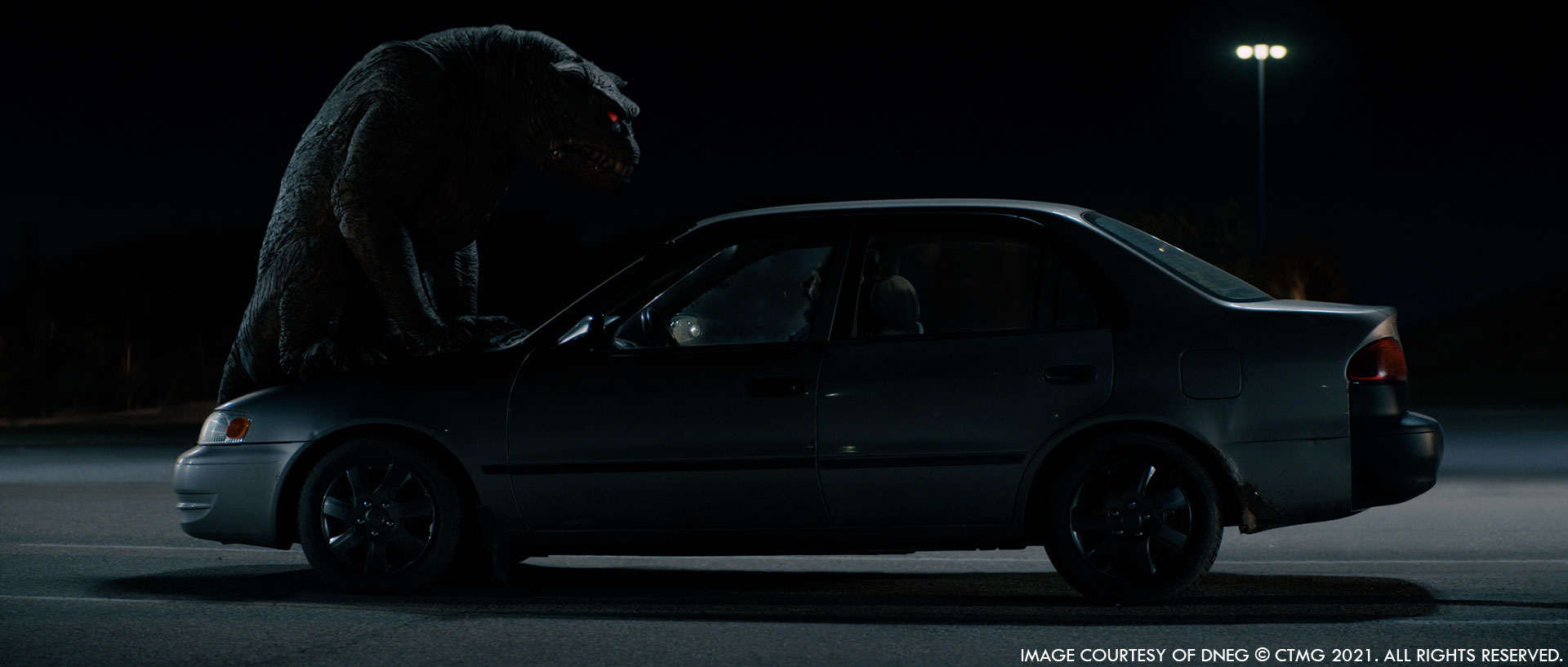
Can you explain in detail about the ghosts and dogs creation and animation?
I would say that it was a standard process. Most of the ghost design were done in Prep, designed by Brynn Metheney. Eventually we made changes during post production but the foundation was there.
What we altered a lot in post was the actual ghostly look. We avoided super saturated color and too much glow, also the transparency look, could have been much fancier but it just didn’t feel right for our film.
For the Terror Dog, as previously stated, we 3D Scanned the Animatronic built by Arjen and we looked at a lot of references of bulls to come up with their behavior, but at times, we also mimic the stop motion look of the 84!
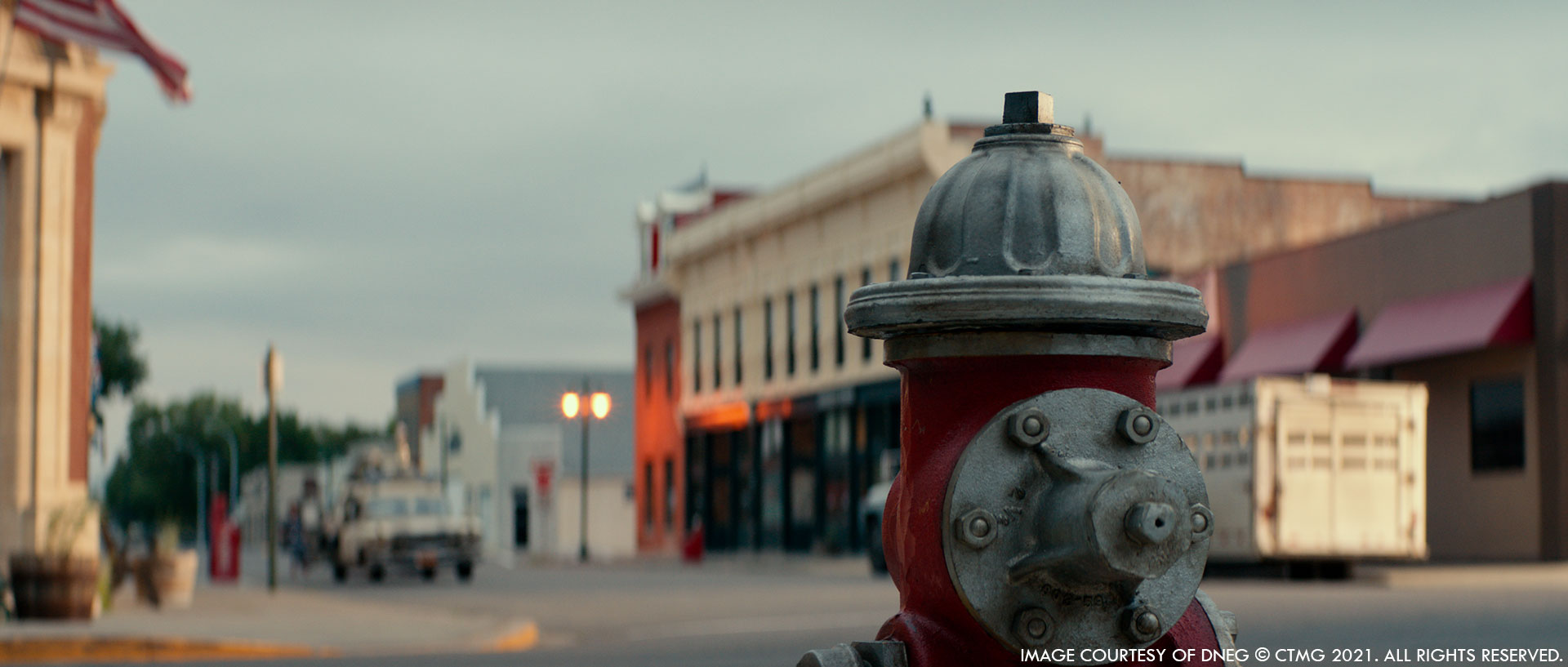
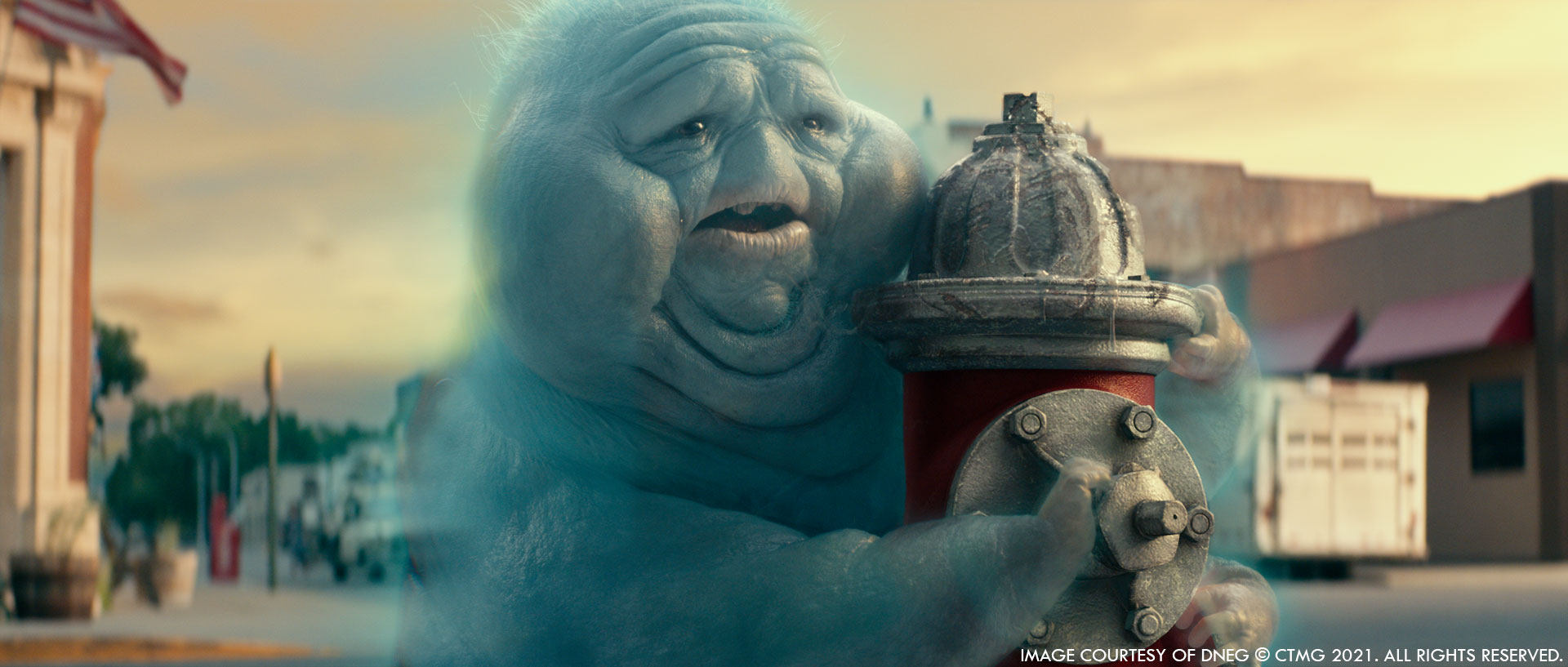
How was simulate the various ghosts and dogs presence on set?
For Muncher and the smokey sentinel we only used cutout board to help with framing, for the mini-Pufts, I had an army of 3D printed character used not only for framing the shots but also to get lighting references. But when it came to the performance, we didn’t have any live reference except for when it came to Gozer and the Old Farmer.
Can you elaborate about the design and the creation of the cute and crazy Mini-Pufts?
Once again, these little guys were largely based on the Stay Puft man from the 84, we just made them cuter and alter the proportions since we were limited by the “man in a suit” like in 84. We had a design we were happy with from early prep, but when we started animating them, we soon realized we had to make some changes, particularly on their face and expressions to give them that “cute but mean” look. We also adjusted how much they were deforming through their performance from tests done early on.
These were fun characters to animate and both team at DNEG and MPC had so much fun coming up with vignettes of the characters in the background.
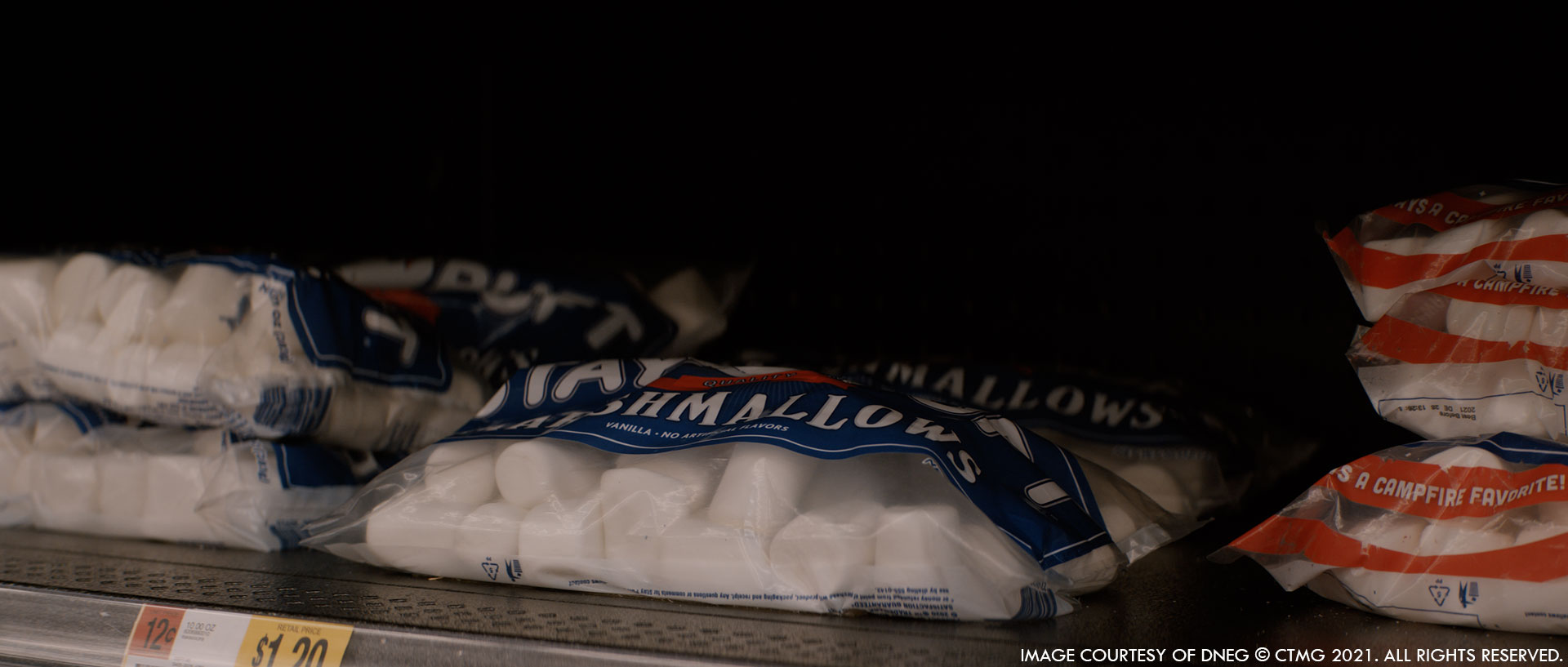
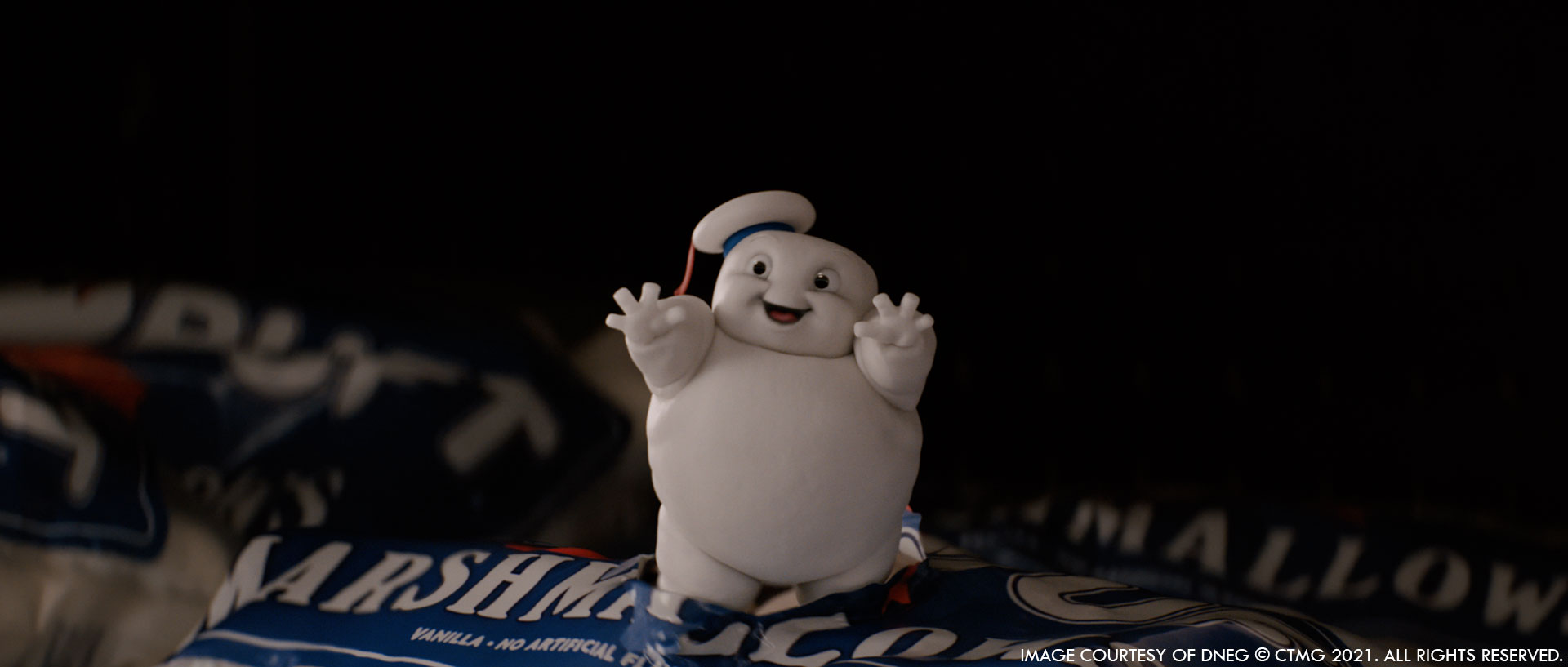
Can you elaborates about the design and creation of Gozer?
Once again, Arjen was in charge of the design, he created a beautiful look keeping the 84 design in mind but giving it an updated twist. The makeup took 5-1/2 hours to apply and consisted of various prosthetics, hair work, lenses, and a suit. We shot all the scene with Olivia, and she was just amazing. But once we started looking at dailies, we realized we needed to give her a more supernatural look, an eerie feeling. That was accomplished by completely replacing her from the neck down. It was all still based on Arjen original design that we had cyberscanned, but we slightly elongated her waist, arm and legs, made the body details a bit more translucent and enhanced it all with burst of energy traveling thorough the body.
Can you tell us more about Gozer spirit version?
For the spirit version of Gozer, we went full CG from the get go, that was pretty obvious due to the smokey nature. The design was done early on in prep and once again evolved during post, largely done by Aharon Bourland. On the day we had dancer and choreographer Emma Porter so that Jason could direct the performance. She was wearing a suit with marker that helped us to roto animate in post. We didn’t use any performance capture, just witness cameras. Complex layers of simulation were then added to give her that menacing but fragile look.
How did you bring Harold Ramis back to life for a very touching final scene?
I think this was the most rewarding effect we worked of the whole movie, not only for the outstanding result but because of the great reception from the audience. It was a very touchy moment, and it’s one of the last things you see in the movie, a movie that ends with a hug!
And a lot of the credits goes to Pier Lefebvre and his team at MPC. Once again, we started with a concept done by Arjen in collaboration with the Ramis Family, and Jason they did an outstanding job in capturing the Egon character. Because we didn’t have any tangible data to start with, in my early conversations with Pier we agreed the best approach was to first build a Digital Remis as he appeared in the 84 movie. We did that using single frames line up using film scans from the original movie, we built an exact replica of Remis, with a full set of expressions (FACS), and then comped him in a shot of the 84 movie (a two shot with Dan Aykroyd). I then presented this test to Jason and his dad Ivan which couldn’t believe they were looking at a digital human. That was such a great moment since we knew we had a solid foundation to start the aging process aiming to get as close as possible to the original concept. One aspect that for me was very important, was to first build a photoreal digital Harold without any ghost treatment, so that we wouldn’t take any shortcuts or hide missing details of his likeness. And that what’s we did, in fact I also made sure we kept the ghost treatment to a minimum, and without using modern tricks. So basically, we treated him like a real actor filmed on set.
Jason hired Bob Gunton to play Spengler on set, Bob did a great job in convey the emotions Jason was after and it was a great starting point for the animation team at MPC. Once again, we didn’t use any performance capture on set and a lot of the nuances and micro expressions were all thanks to the amazing skills of the animators. Bob’s body was used for the final, so essentially, we just replaced the face
Did you want to reveal to us any other invisible effects?
We had a lot of invisible effects like any modern movie, something that is worth mentioning is that the Farm House was built twice. One on location and one on stage. The one on stage needed to be extended digitally to match the location one, mostly in its environment.
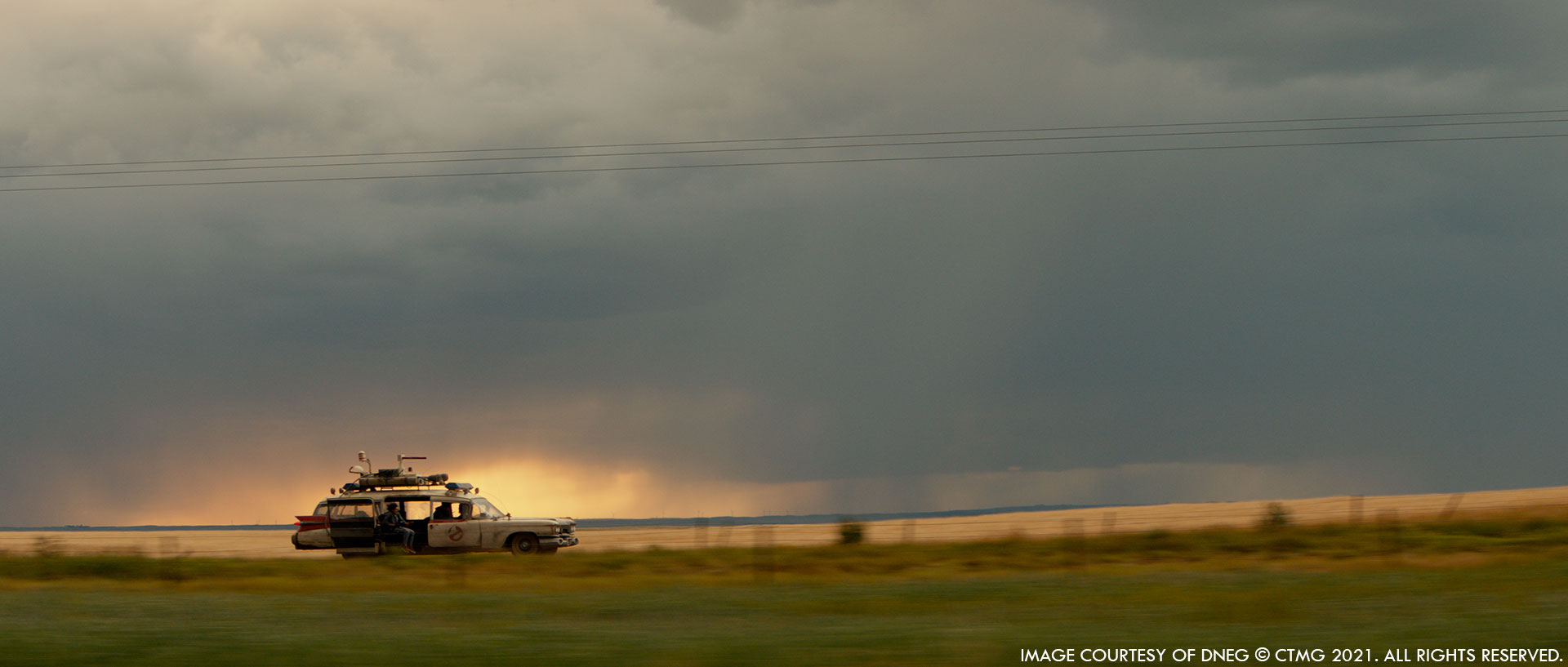
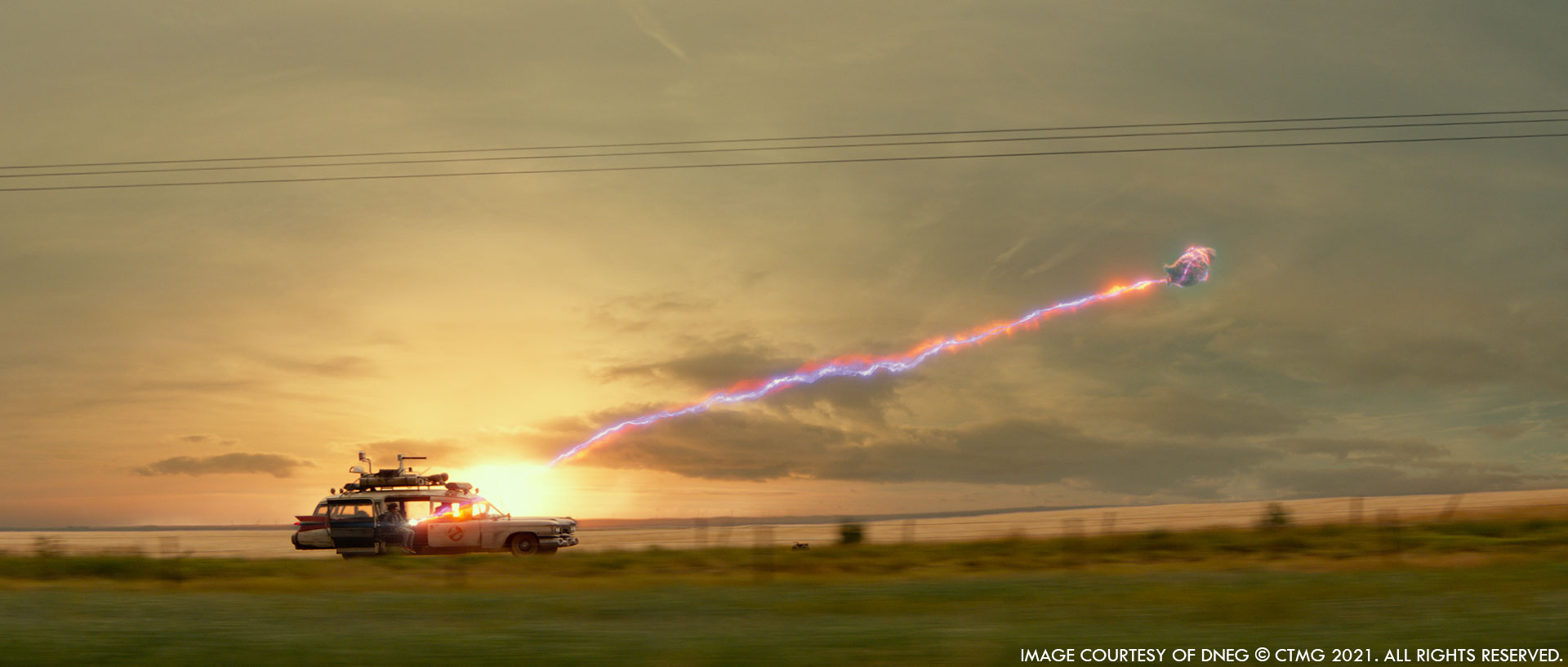
Which sequence or shot was the most challenging?
It depends what you mean for challenging 🙂 but most likely the Digital Harold, not necessarily because of the complexity of the task, in fact the process couldn’t have been any smoother, but because we had to be really careful to get it right and to really honor him. And I think we succeeded.
Is there something specific that gives you some really short nights?
Nothing really gave me short nights, probably also because of the first pandemic lockdown and subsequent delay of the release date we got more time to work on the visual effects, so there wasn’t really that stressful feeling of the approaching deadline!
What is your favorite shot or sequence?
Well, I think you can guess the answer 😉
What is your best memory on this show?
We shot for 2 nights at a Walmart Superstore in Calgary, we had the whole store for ourselves, and I must admit I never had so much fun on set. Did anyone say Nerf Gun Fight???
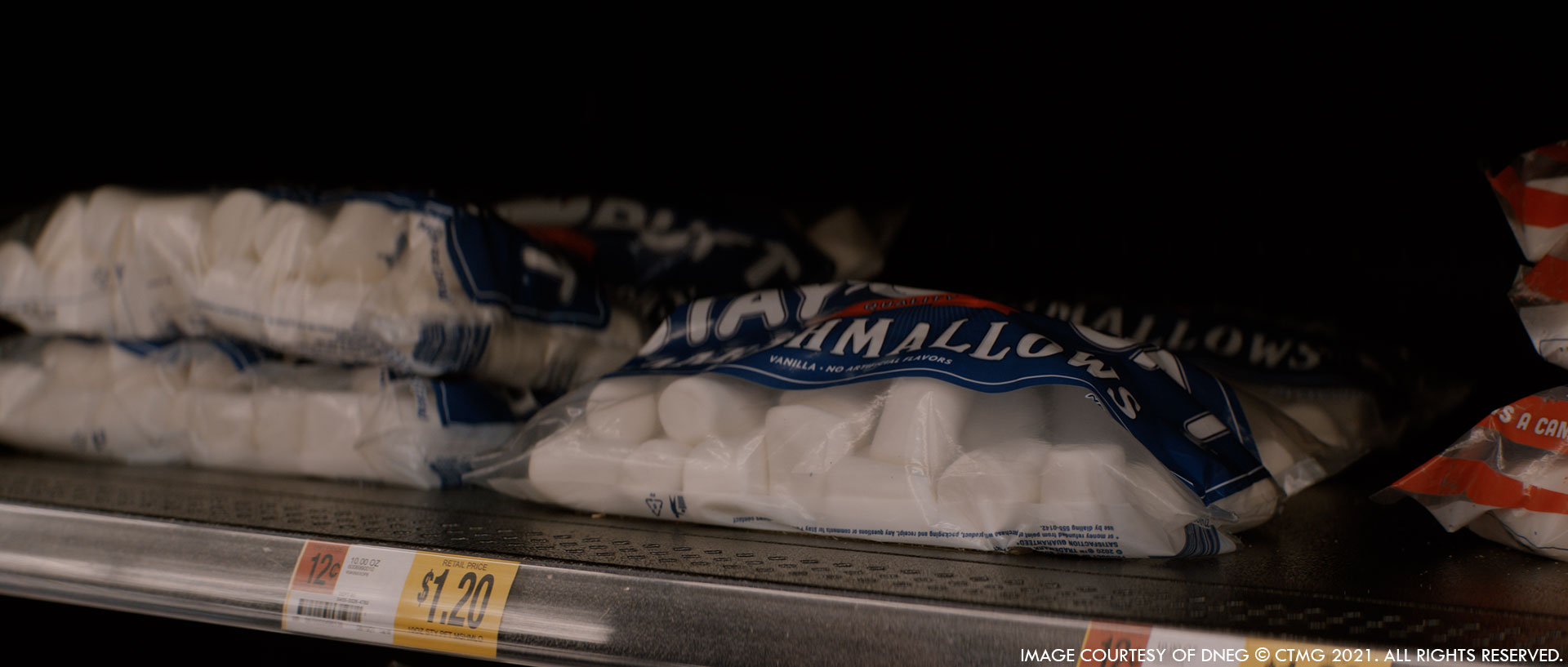
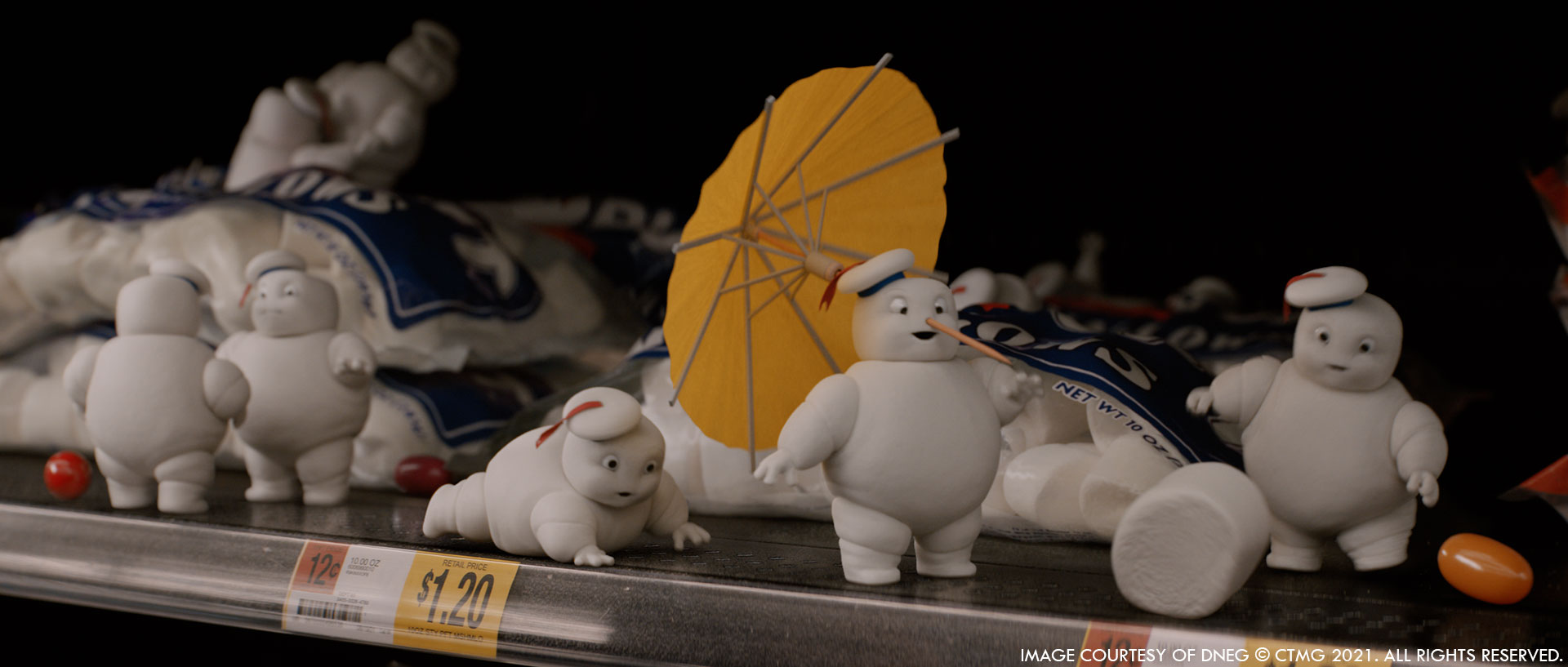
How long have you worked on this show?
About 16 months.
What’s the VFX shots count?
Around 1100.
What is your next project?
I’m currently finishing The Adam Project which will be on Netflix early next year and after that, well, I can’t say it yet but something really cool
A big thanks for your time.
WANT TO KNOW MORE?
DNEG: Dedicated page about Ghostbusters: Afterlife on DNEG website.
MPC: Dedicated page about Ghostbusters: Afterlife on MPC website.
© Vincent Frei – The Art of VFX – 2021




